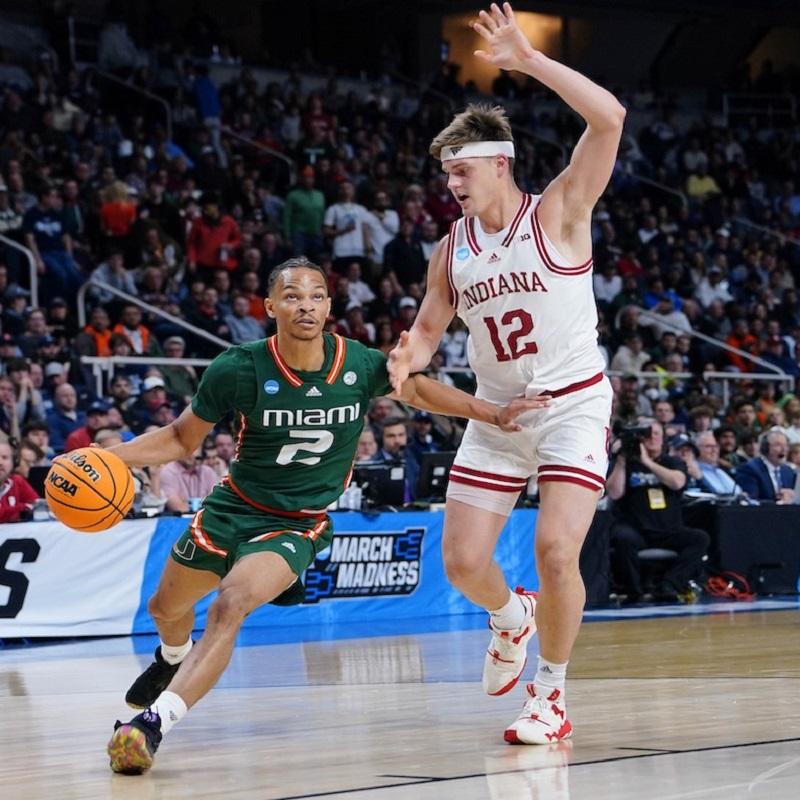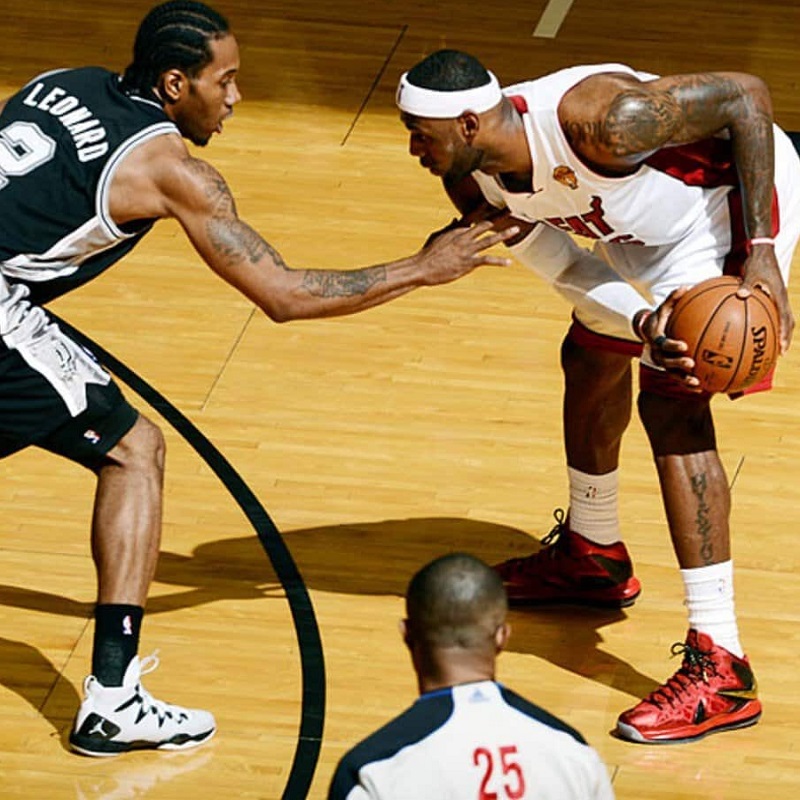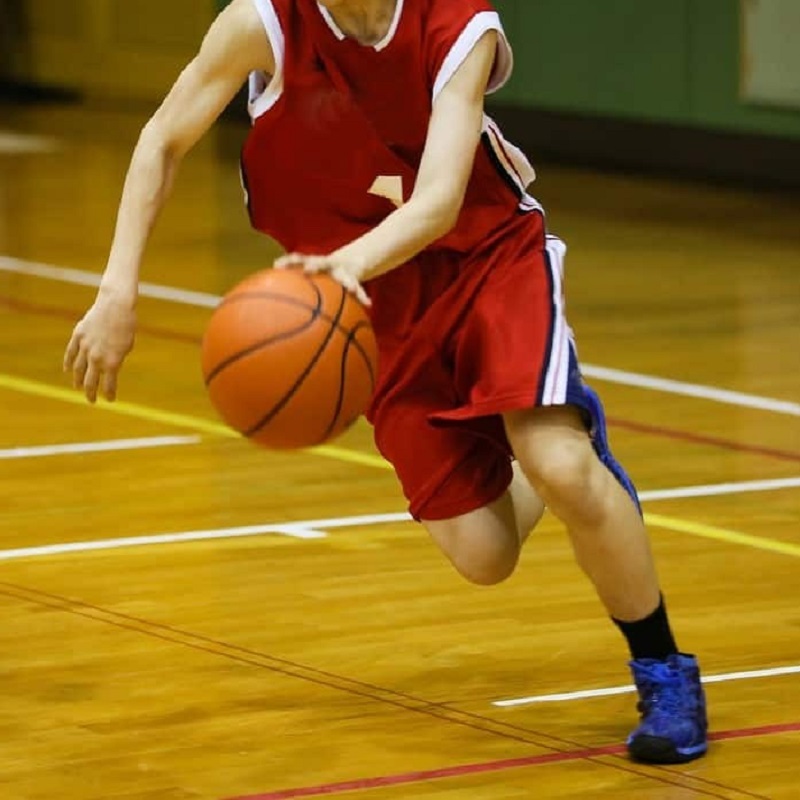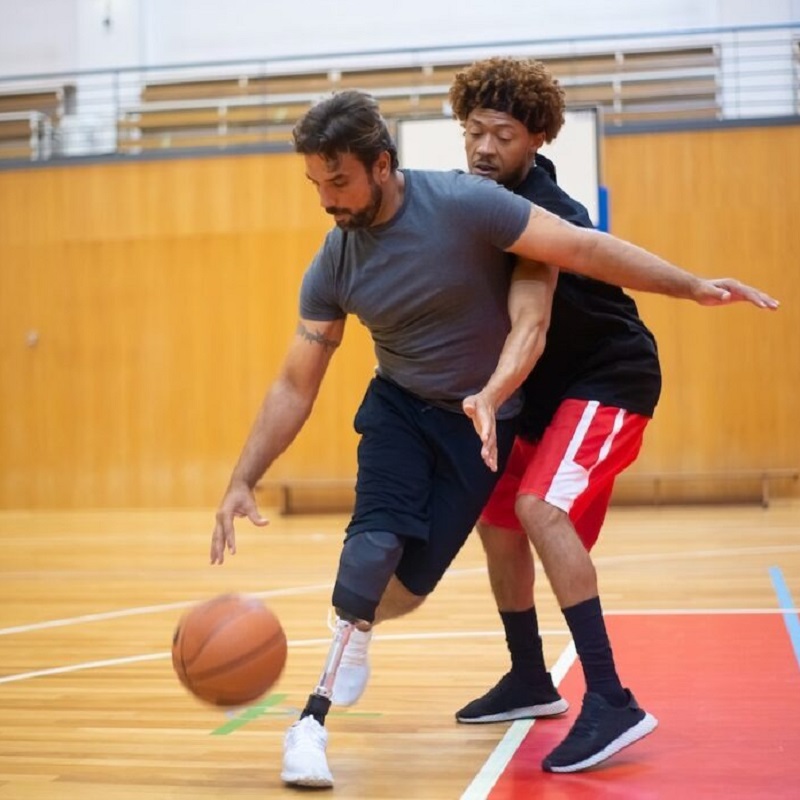Understanding the Screen in Basketball
To effectively analyze offensive plays, it is crucial to start by understanding what is a screen in basketball. In simple terms, a screen is a tactic used by offensive players to block or impede a defender, allowing a teammate to either receive a pass or create space for a shot. This essential strategy serves as a key component in modern basketball, helping teams create scoring opportunities and maintain offensive flow.
Screens are generally set by offensive players without the ball. When a player sets a screen, they position themselves in the path of a defender, aiming to create a temporary barrier. This impedes the defender’s movement and allows the ball-handler or another offensive player to slip past with increased mobility. A well-executed screen can lead to open shots, driving lanes, or mismatches, effectively shifting the momentum of a game.
However, understanding what a screen is in basketball goes beyond just recognizing its definition. Players need to master the nuances of setting and using screens effectively. Likewise, defenders must develop skills to navigate around screens and protect their territory. Knowledge of screens lays the groundwork for both offensive tactics and defensive strategies on the court.
The effectiveness of a screen often relies on timing and positioning. Players must communicate and coordinate their movements to ensure a seamless execution. A poorly set screen can lead to turnovers or missed opportunities, highlighting the importance of practice and teamwork.
Types of Screens Used in Basketball
When discussing what a screen is in basketball, it’s essential to familiarize yourself with the different types of screens commonly used. Each type serves a specific purpose based on the offensive set and the players involved.
The most common type is the pick and roll. In this scenario, a player sets a screen for the ball-handler, who then uses the screen to create separation before driving to the basket. The screener often rolls to the hoop, allowing for a quick pass or layup. This strategy is effective and difficult for defenders to read, making it a staple in many offenses.
Another type is the pick and pop. Here, the screener sets the screen and then stays outside the perimeter instead of rolling to the basket. This allows the screener, usually a good shooter, to take an open shot. The pick and pop exploits defensive mismatches, often catching defenders off guard when they expect a drive.
Off-ball screens are also common. These are set away from the ball, allowing a shooter or cutter to gain separation from their defender. This tactic creates opportunities for open shots and can disrupt the defense’s structure, forcing defenders to make quick decisions.
Finally, staggered screens involve two or more screeners setting simultaneous screens for a player. This type confuses defenders and creates multiple options for the ball-handler, increasing the chances for a scoring opportunity. Each type of screen adds a layer of complexity to offensive strategies, emphasizing the need for effective execution.

The Importance of Communication
Effective use of screens in basketball hinges on communication. Knowing what a screen is in basketball is crucial, but it’s equally important for players to communicate effectively to maximize their impact. Both offensive and defensive players must ensure they are on the same page when executing screens and navigating around them.
On offense, clear communication dictates the timing and placement of screens, ensuring that players move fluidly without disrupting the play. Players should use verbal cues and hand signals to indicate a screen is being set, alerting teammates to prepare for the upcoming action. Effective communication allows the team to work cohesively, creating scoring opportunities with minimal delay.
On the defensive side, communication is just as vital. Defenders need to alert each other when a screen is approaching, allowing them to switch or navigate around the screen effectively. By calling out the screen’s location, players can prepare to adjust their positioning, ensuring they do not lose sight of the ball-handling players.
Moreover, frequent communication and practice sessions help refine players’ understanding of screens and their associated tactics. As teammates build chemistry, they develop an intuitive sense of when and how to respond to screens, enhancing both offensive execution and defensive effectiveness.
Effective communication also extends to analyzing opponents’ tendencies. Understanding how specific players set and use screens enhances the team’s defensive game plan. By sharing insights and observations, players can anticipate actions on the court and adapt their strategies accordingly.

Tactics for Defending Against Screens
Understanding what a screen is in basketball equips players with the knowledge to execute offensive plays effectively. However, defending against screens is equally crucial. Defenders face the challenge of navigating screens while maintaining pressure on the ball-handler. Here are some valuable tactics for effective defense:
One common tactic is fighting through the screen. This involves the defender going over or around the screen to keep sight of the ball-handler. Successful execution requires staying low and using body positioning to push through the screen without losing engagement with the offensive player.
Another approach is to switch. This occurs when two defenders communicate and decide to switch assignments at the screen. This strategy can prevent mismatches and keep defensive cohesion, particularly effective in pick-and-roll situations.
Hedging is also useful. When the screen is set, the screener’s defender steps out to pressure the ball-handler. This brief engagement allows the original defender to recover, preventing the ball-handler from easily attacking the basket.
Lastly, double-teaming can pressure dominant ball-handlers when a screen is set. Two defenders can converge on the ball-handler, disrupting the offense’s rhythm. This strategy requires clear communication to avoid leaving shooters open for easy shots.
By implementing these tactics and adjusting based on the offensive team’s tendencies, defenders can effectively manage screens and enhance their overall defensive performance.

Practicing Screen Defense Techniques
To effectively defend against screens, players must consistently practice various techniques. Understanding what a screen is in basketball is only the beginning; mastering the art of screen defense is essential for any competitive player. Here are some key elements to incorporate into practice routines.
First, focus on repetitive drills that emphasize fighting through screens. Incorporate scenarios that simulate real-game situations, allowing defenders to experience pressure while working on footwork and body positioning simultaneously. Use game-like conditions and varying screen types to challenge defensive adaptability.
Next, it is crucial to establish effective communication drills. Promote teamwork and coordination within the group by practicing verbal and non-verbal cues. Reinforcing these tactics during practice solidifies their importance, ensuring clear communication becomes second nature during competitive play.
Simulate pick-and-roll situations during practice sessions to prepare defenders for actual gameplay scenarios. Coaches can create various drills that emphasize the responsibilities and techniques needed to navigate through the screen effectively. This practice not only helps players understand their roles but also enhances team coordination.
In addition, emphasize reviewing video footage of scrimmages and actual games. Analyzing both successful and unsuccessful defensive plays can provide valuable insights into handling screens effectively. Highlight defensive decisions and movements to apply constructive feedback and strategies to improve performance actively.
Lastly, integrating conditioning drills into practice sessions will help players maintain stamina and focus throughout games. Defending against screens requires agility, speed, and quick decision-making. Regular conditioning sessions can enhance players’ physical capabilities, allowing them to respond effectively during high-pressure moments.

The Role of Coaches in Teaching Screen Tactics
Coaches play a pivotal role in educating players about what is a screen in basketball and how to use it effectively. By implementing structured coaching techniques, coaches can ensure their athletes grasp both offensive and defensive screen strategies.
To begin, coaches must foster a deep understanding of screen principles. Instruction should cover the mechanics of executing various screen types while emphasizing the importance of timing and positioning. Coaches can utilize drills, video analysis, and performance analysis to provide players with a comprehensive grasp of screen basketball.
Creating a detailed practice plan that incorporates screen tactics is essential. Coaches should integrate screen drills that focus on both offensive execution and defensive response. For instance, during practice, coaches can establish specific periods dedicated to offensive plays that incorporate screens, allowing players to refine their skills in real-time.
Furthermore, providing feedback during scrimmages is vital. During practice games, coaches should pause gameplay to highlight effective execution of screens or point out defensive errors. Constructive criticism and praise help players understand their roles better and learn from their experiences.
Coaches should also encourage players to analyze their own gameplay. By integrating self-evaluation, players can develop a deeper understanding of their strengths and weaknesses related to screens. This approach empowers athletes to take ownership of their improvement while fostering a growth mindset.
Ultimately, coaches serve as authoritative figures who instill a sense of discipline and a strong work ethic alongside technical skills. The combination of education, practice, evaluation, and feedback ensures that players are well-prepared for utilizing and defending screens effectively.

Conclusion: Mastering the Screen in Basketball
In conclusion, understanding what is a screen in basketball is fundamental for both offensive and defensive players. Screens play a crucial role in creating scoring opportunities and manipulating defensive coverage. However, mastering the intricacies of screens requires practice, communication, and strategic insight.
Players who effectively execute and defend against screens significantly impact the flow of the game. By harnessing the power of effective screen usage on offense and employing solid defensive strategies, teams can gain an edge in competitive scenarios.
As players continue to refine their understanding of screens and their associated tactics, they unlock new dimensions of gameplay. Mastering the art of the screen, both offensively and defensively, enhances personal skills and contributes to overall team success.
By embracing the challenge and striving for mastery in using and defending against screens, players can elevate their game and become more valuable assets to their teams. Regardless of skill level, dedicating time to learn and apply these techniques will undoubtedly pay off on the court. Understanding screens is not just beneficial; it’s essential for any player serious about their basketball journey!
